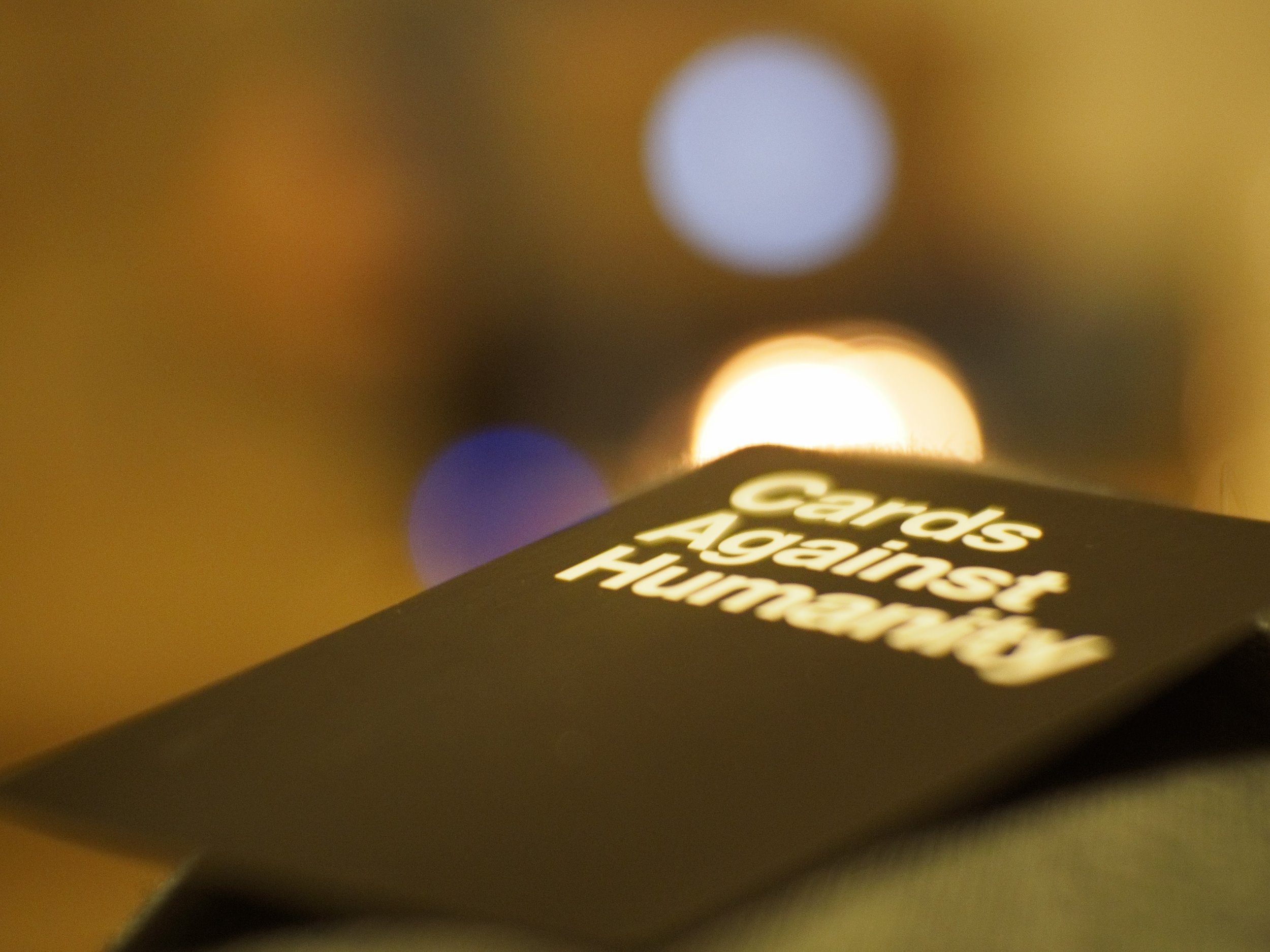7 TIPS FOR INSPIRING DIVERGENT AND CREATIVE THINKING

Article by John Spencer, a former middle school teacher and current college professor. He originally wrote this article geared towards kids, titled 7 Ways to Inspire Divergent Thinking in the Classroom. Spencer explores research, interviews educators and studies real-world examples of divergent thinking in action.
The psychologist J.P. Guilford first coined the terms convergent thinking and divergent thinking in 1956.
Divergent thinking is a thought process or method used to generate creative ideas by exploring many possible solutions. It typically occurs in a spontaneous, free-flowing, "non-linear" manner, such that many ideas are generated in an emergent cognitive fashion. Many possible solutions are explored in a short amount of time, and unexpected connections are drawn. Following divergent thinking, ideas and information are organized and structured using convergent thinking, which follows a particular set of logical steps to arrive at one solution, which in some cases is a "correct" solution.
In today’s society, it’s getting harder and harder to find success in the “standard way.” We can go to school, get stellar grades, even graduate with honors, and still, finding success at a satisfying and rewarding job can be difficult.
As more and more people are getting educated around the globe, and automation and artificial intelligence are weaving their way into our daily lives, competition is at an all time high. We need to find ways to think outside of the box, to transcend the normal how-tis to find creative ideas and innovative solutions.
This is where divergent thinking comes into play. Finding ways to think divergently allows us to be nimble, to pivot easily and come up with answers to difficult problems. This is the point that professor John Spencer argues in his blog post about ways to inspire divergent thinking. His post is all about how divergent thinking is important for students, but the same rings true for adults. Even if you aren’t in the creative economy, divergent thinking is a great tool to have when it comes to overcoming obstacles in your work.
However, divergent thinking is not the way most of us naturally think as we go about our day, so here are some strategies to help inspire this mode of thinking.
1. USE MULTIPLE TYPES OF DIVERGENT THINKING
A good way to get in the mode of thinking divergently is through brief mental exercises, according to Spencer. Exercises are great warm-ups to activate creativity and can also work as brain-breaks if you’re in the midst of an analytical task. A visual activity is to look at an abstract drawing or painting and list your ideas for what the work of art could represent. You can also find a few items sitting around your house or office and list all of the possible things you could do if you built something with these items. Or take a list of some of your favorite sports teams and change one letter in their name (ie. Pittsburgh Pilates, the Phoenix Nuns or the L.A. Fakers).
2. EMBRACE CREATIVE CONSTRAINT
“Divergent thinking thrives when we’re faced with limitations,” Spencer says. If we have fewer resources, we’re forced to figure out different or new ways to make something work. When we do that, our creativity thrives.
A good way to try embracing creative restraint is to look up a writing prompt online, then give yourself a set amount of time to write it. This makes it so you have to get your words on paper before you have time to consider exactly what it is you’re trying to say. This also works with drawing. Try a Pictionary-style approach where you have to sketch out a person, place or thing in 30 seconds. If writing and drawing aren’t appealing, you can also practice creative constraint in the kitchen. Limit the number of ingredients you can put in your favorite meal or substitute certain ingredients, pushing you to think about a normal process in a different way.
CHECK OUT OUR BEST SELLING JOURNALS
THE ORIGINAL CREATIVE THINKING GUIDED JOURNAL
THE ALL-AGES CREATIVE THINKING GUIDED JOURNAL
3. INCORPORATE PLAY
There’s a strong link between playfulness and divergent thinking. There’s also a lot of research that shows that, as we get older, we think less and less divergently. A study published in 2011 by Karma Abbasi found that 90% of kindergartners are considered at a “genius” level when it comes to divergent thinking. But, within five years, that number drops to 50% and continues to decline as the kids get older. Spencer thinks part of the reason for the decrease is we simply stop playing as we get older. But perhaps playtime doesn’t need to just be for kids. Take the time to play, allow your curiosity to run free and experiment with different things as you come across them. Play can include physical, social and cognitive spontaneity — go on an outdoor adventure, make a joke, even pull out a Lego set and try building something.
4. USE DIVERGENT THINKING WHEN YOU’RE STUCK
One of Pixar’s Rules of Storytelling is, “When you’re stuck, make a list of what wouldn’t happen next. Lots of times the material to get you unstuck will show up.” Oftentimes, when we procrastinate or we’re stuck in writers block or some other form of creative block, it’s because we’re scared. We’re uncertain about the unknown, what’s going to happen next, which can feel intimidating and oftentimes stifling. Listing out all of your bad ideas can help lessen the fear of the unknown, making your project feel less uncertain. It can also help get us out of our own heads, where we may be overthinking the problem.
5. CELEBRATE RISK-TAKING
“If you're not prepared to be wrong, you'll never come up with anything original,” Sir Ken Robinson, an international advisor on education in the arts, said.
The more comfortable we get with being wrong, with failing, the more likely we are to find creative successes, to think divergently. No, this isn’t always easy, but it is necessary. Spencer suggests asking yourself the question: Am I sure this will work? If the answer is yes, you’re trying something that is the status quo. If the answer is no, that’s when you start innovating. Don’t be afraid for the answer to be no, that’s usually when the best work comes out.
6. CHASE YOUR CURIOSITY
The answer to a question often lies where we least expect it. That’s why it’s important to check out different perspectives and geek out on things that you find interesting, even if they’re entirely unrelated to your field. Don’t be afraid to follow your curiosity to unknown places. An artist may want to learn about engineering, a chef about interior design or a CEO about psychology. Stepping out of our expertise can lead us to think about something differently, which leads to (you guessed it) divergent thinking.
7. GET REALLY BORED
This may seem counterintuitive, but boredom can often lead to thinking more creatively. A study in the Creativity Research Journal found that people who were given boring tasks to accomplish scored higher on divergent thinking tests after the fact than those who were not given the tasks. A Stanford study found that a person’s creativity improves during a walk and shortly after. Taking time to allow yourself to be bored and see where your mind wanders may help you get passed a creative block or another kind of mental obstacle.






